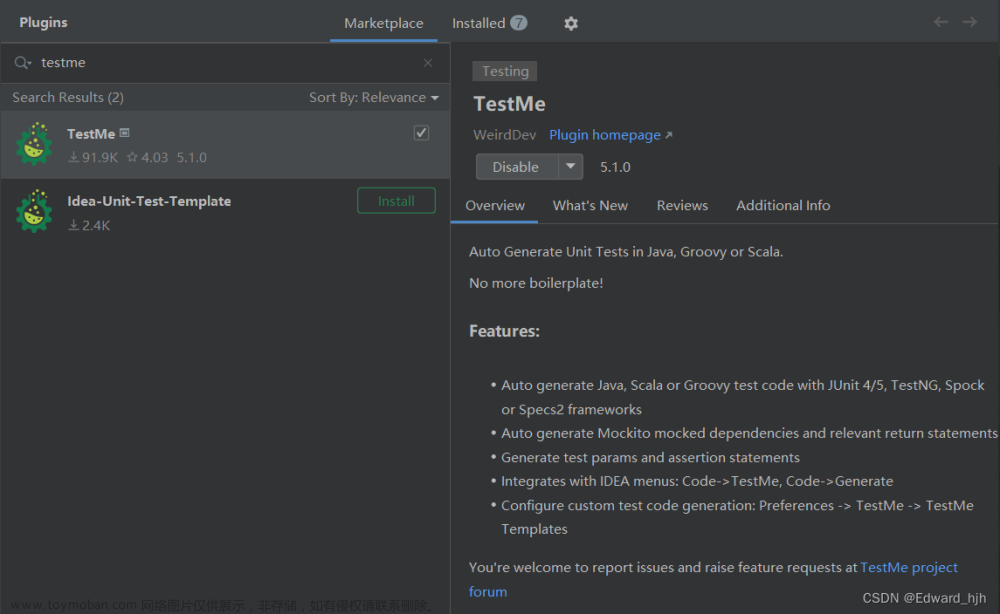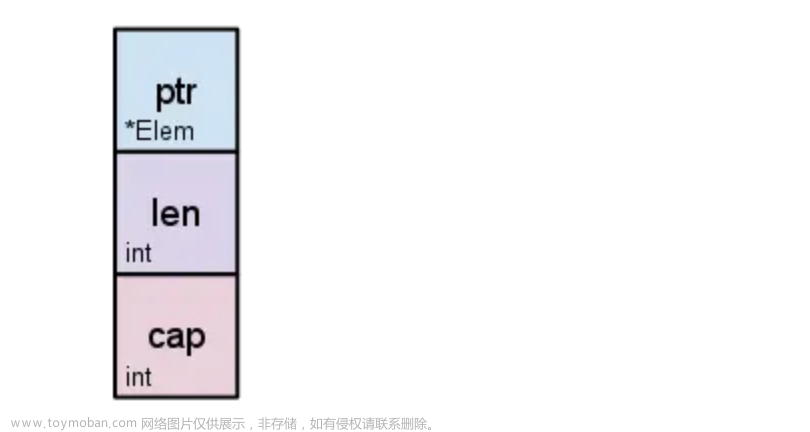一. 基础介绍
1. 创建测试文件
- 测试文件通常与要测试的代码文件位于同一个包中。
- 测试文件的名称应该以
_test.go结尾。例如,如果你要测试的文件是math.go,那么测试文件可以命名为math_test.go。
2. 编写测试函数
- 测试函数必须导入
testing包。 - 每个测试函数必须以
Test开头,后跟一个首字母大写的名字,例如TestSum或TestSubtract。 - 测试函数的签名应该接受一个指向
testing.T类型的指针:func TestXxx(t *testing.T) { ... }。
3. 使用 t 对象进行断言和日志记录
-
t对象用于记录测试信息和控制测试流程。 - 使用
t.Error或t.Errorf报告失败,但继续执行当前测试。 - 使用
t.Fatal或t.Fatalf报告失败并立即终止当前测试。
4. 运行测试
- 在命令行中,进入包含测试文件的目录。
- 执行
go test命令运行所有测试,或使用go test -v以详细模式运行(打印每个测试的名字和运行状态)。 - 使用
go test -run加上正则表达式来运行特定的测试。例如,go test -run TestSum仅运行名为TestSum的测试。
示例
假设有一个名为 math.go 的文件,其中定义了一个函数 Sum:
goCopy code// math.go
package math
func Sum(a, b int) int {
return a + b
}
创建一个名为 math_test.go 的测试文件,其中包含以下内容:
goCopy code// math_test.go
package math
import "testing"
func TestSum(t *testing.T) {
total := Sum(5, 5)
if total != 10 {
t.Errorf("Sum was incorrect, got: %d, want: %d.", total, 10)
}
}
然后在终端中运行 go test 或 go test -v 来执行测试。
二. 综合案例
-
结构
 文章来源:https://www.toymoban.com/news/detail-796274.html
文章来源:https://www.toymoban.com/news/detail-796274.html
-
monster.go
package test_case import ( "encoding/json" "fmt" "os" ) type Monster struct { Name string `json:"name"` Age int `json:"age"` Skill string `json:"skill"` } // Store 将其序列化保存为文件 func (m *Monster) Store() bool { data, err := json.Marshal(m) if err != nil { fmt.Println("json parse Monster err ", err) return false } // 写入文件 err = os.WriteFile("d:/monster.txt", data, 0666) if err != nil { fmt.Println("write file err ", err) return false } return true } // ReStore 反序列化文件 func (m *Monster) ReStore() bool { data, err := os.ReadFile("d:/monster.txt") if err != nil { fmt.Println("read file err ", err) return false } // 将读取的数据进行反序列化 err = json.Unmarshal(data, m) if err != nil { fmt.Println("json Unmarshal err ", err) return false } return true } -
monster_test.go
package test_case import ( "testing" ) func TestStore(t *testing.T) { monster := &Monster{ Name: "小狐狸", Age: 200, Skill: "魅惑", } res := monster.Store() if !res { t.Fatalf("TestStore fail,expected is %v,but got %v", true, res) } t.Logf("TestStore 测试通过") } func TestReStore(t *testing.T) { monster := &Monster{} //空的结构体 res := monster.ReStore() // 反序列化后结构体就有数据 if !res { t.Fatalf("TestReStore fail,expected is %v,but got %v", true, res) } if monster.Name != "小狐狸" { t.Fatalf("TestStore fail,expected monster.Name is %v,but got %v", "小狐狸", monster.Name) } t.Logf("TestStore 测试通过") } 文章来源地址https://www.toymoban.com/news/detail-796274.html
文章来源地址https://www.toymoban.com/news/detail-796274.html
到了这里,关于go中如何进行单元测试案例的文章就介绍完了。如果您还想了解更多内容,请在右上角搜索TOY模板网以前的文章或继续浏览下面的相关文章,希望大家以后多多支持TOY模板网!












